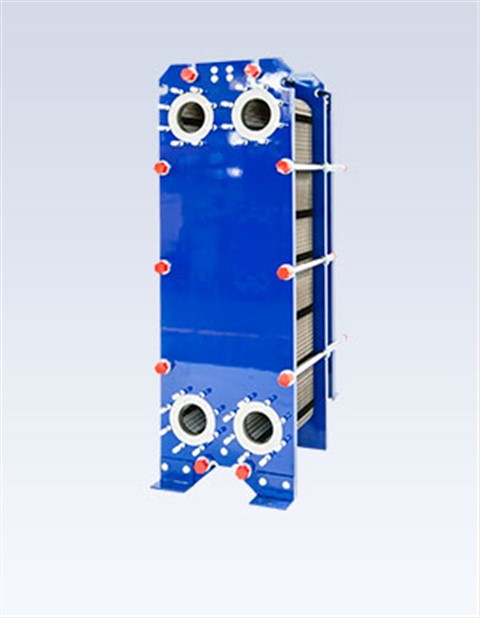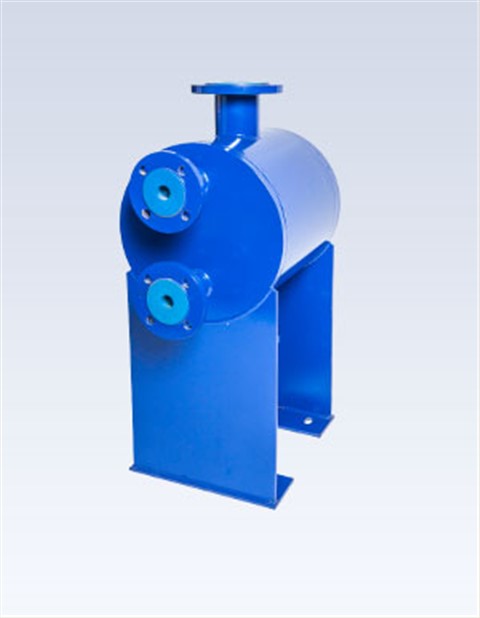"Waste heat" is also commonly known as "waste heat", which is the part of heat discharged into the surrounding atmosphere with the hot working fluid.
Because this part of the heat is more or less present in the production of various industries, and the amount is also large, it is a veritable "secondary energy".
As a secondary energy, waste heat can be divided into "high grade": 650?, "medium grade": 650-250?; "low grade": below 250?.
High-grade waste heat is a high-quality energy source, which occupies an important proportion in the total waste heat energy. Before "waste heat recovery" was proposed, these high-quality energy was discharged into the atmosphere in vain, not only wasting resources, but also causing great pollution to the atmosphere.
.
Low-grade waste heat, although the temperature is relatively low, is difficult to recover, but it occupies a very large proportion of the total waste heat energy and has a great potential for utilization. Effective measures should be actively taken to carry out the recovery and utilization of this part of the waste heat.
Middle-grade waste heat is a relatively good secondary energy source. It occupies a considerable proportion of the total waste heat energy, and is a non-negligible part of waste heat recovery. The conditions and methods of waste heat recovery are better than the former two.
No matter what kind of waste heat, there are the following sources: 1. High temperature flue gas waste heat. This kind of working scene has higher temperature and larger heat, and the proportion of recoverable waste heat is also high, accounting for a percentage of the total waste heat resources.
It's about 50.
2. Residual heat of combustible exhaust gas, waste liquid, etc.; 3. Residual heat generated by chemical reactions of substances; 4. Residual heat of cooling medium; 5. Residual heat of high-temperature products and high-temperature slag; 6. Residual heat of exhaust gas and wastewater.
The use of plate heat exchangers to convert waste heat into secondary heat energy is currently the most commonly used waste heat recovery method. Its countercurrent and small temperature difference heat exchange are particularly important for the recovery of low-grade waste heat.
Especially in recent years, the country has focused on energy conservation and environmental protection. How to effectively use waste gas is an important way to reduce waste gas emissions. RPT has been in the process of waste heat recovery for more than ten years to propose plate heat exchanger production solutions for industrial production.
Plan, the engineer team with 20 years of industry experience ensures that the production process is continuously improved, and under the guidance of national policies, it continues to break through the foreign technology monopoly, and do its part for the domestic atmospheric environmental protection.

Home Latest news
The credit of “turning waste into treasure“ must be credited to the plate heat exchanger
2020-08-17 03:30:00
Users' hot comments
Hot spot recommendation
Shandong Hengbang uses Ripute semi-welded evaporator and condenser caseHaier new materials use Ripute small plate heat exchanger caseChuanqing Drilling Engineering Company uses Repute plate and shell heat exchanger caseAs a manufacturer of Plates and Gaskets, what are the advantages of Qingdao Ruipute Heat Exchange Equipment Manufacturing Co., Ltd ?As a manufacturer of plate heat exchangers, what are the advantages of Qingdao Ruipute Heat Exchange Equipment Manufacturing Co., Ltd?

 Food grade plate heat exchanger
Food grade plate heat exchanger Plate And Shell Heat Exchanger
Plate And Shell Heat Exchanger